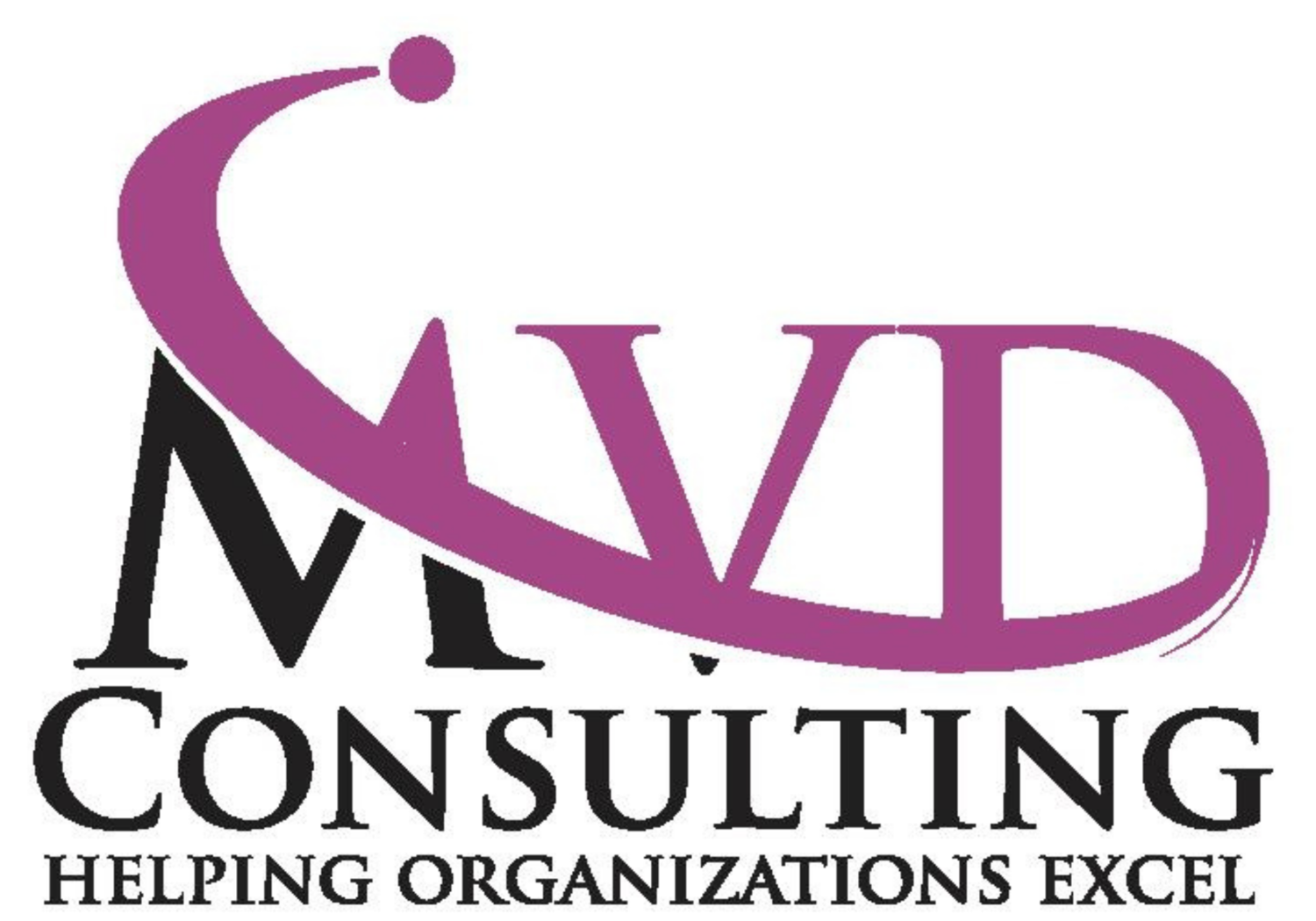Indigenous Peoples Month - Speaking Truth and Restoring Relationships
The City of Toronto proclaimed June as Indigenous Peoples Month in the City and encourages residents to delve deeper into repairing relationships with Indigenous peoples. We can do this by supporting Indigenous businesses and artists, reading books written by Indigenous authors, and learning more about the critical work completed by the Truth and Reconciliation Commission and the report it tabled in 2015, which included 94 Calls to Action.
The Commission was convened as part of the Residential Schools’ Survivors Settlement Agreement with the federal government. Its aim was to educate Canadians about the history and legacies of residential schools across Canada. Truth-telling was an important part of the Commission’s work and a final report was submitted in 2015 following hundreds of interviews with survivors and their families. It prompted Canadians to reckon with this history and consider how to restore relationships so we could move forward.
Residential schools were part of the government's official plan to remove Indigenous peoples from their land and disregard their rights. Children were taken from their families and nations and forced to live in homes run by Christian settlers. It was the government’s intent to destroy familial and cultural relationships by physically and emotionally separating Indigenous children from their families, cultures, and nations. Horrifying stories of physical, sexual, emotional, and spiritual abuse were documented by the Commissioners and their final report forced Canadians to face the atrocities committed by an official government policy.
The aim to separate Indigenous children from their families persists in our present child welfare, education, and youth justice systems. These systems continue to achieve the colonial project of eradicating Indigenous peoples by removing Indigenous children from their families and nations and socializing them in European languages, ways of thinking and being, and separating them from their lands. This legacy is evidenced in the high percentage of Indigenous children in care, in contact with the justice system, and with high school graduation rates below that of their peers. This legacy is also experienced by Black children, youth, and families who experience the same oppression.
We can commit ourselves both personally and in organizations to truth and reconciliation. This commitment will be different for each person and organization. For me, this includes reading and learning more and supporting Indigenous business owners. For example, on last year’s National Day for Truth and Reconciliation on September 30, my Mom and I watched the national ceremony together on television and we had a great discussion on the meaning and significance of the day. She shared with me that although she has lived in Canada for 52 years, she did not know anything about the Residential school system and its horrors.
Let’s continue to remember the past and hope for a better future that is rooted in respect for each other, the land, and our communities. Let’s seek justice for Indigenous peoples and their nations. And let’s commit to dismantling systems of oppression together.
Thanks for reading my blog today and let me know how you are seeking to achieve truth and reconciliation personally or in your organization.
Michelle
